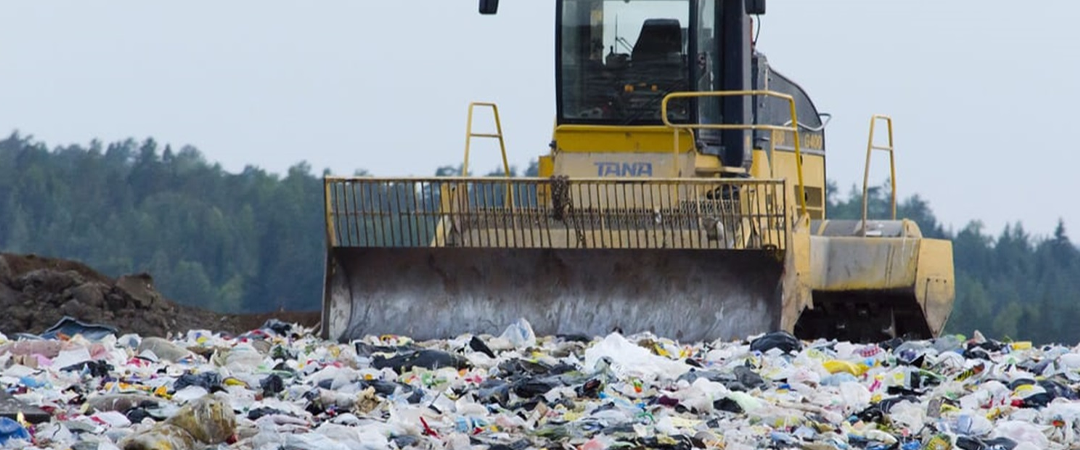Earlier this year, we gathered leading US cement producers, fuel suppliers and other interested parties to discuss alternative fuels utilisation. To put it bluntly, we wanted to discuss why the US is behind when it comes to burning waste fuels.
Where is the fuel?
The panellists wasted no time getting to the heart of the issue – the US lacks an abundant stream of suitable alternative fuels.
‘Getting materials that meet our specifications is really the limiting factor here,’ explained Mike Saeger, Argos USA. ‘In general, the industry is keen. The technology is well proven. But finding suppliers who can consistently deliver alternative fuel with the requisite heat value, moisture content, chloride content, and the required particle size – that is a real challenge.’
One of the problems in the US specifically is that the waste management industry does not typically consider the cement industry as a possible end user of municipal waste. In order to do so, there would need to be a system in place that not only processes the waste into consistent, suitable fuels, but also transports, stores and delivers those fuels. Instead, roughly 220 million t of MSW (municipal solid waste) is landfilled each year across 1500 MSW landfills in the US¹, with a further ~25 million t going to waste-to-energy plants². The system lacks the synergy that you see in, for example, Europe where cofiring is common and highly successful. In addition to the lack of cooperation between industries, there are also legal barriers: current regulations discourage the use of secondary materials as fuels³.
As such, cement producers looking to cut fossil fuels use have two choices: they can either find a reliable alternative fuels supplier or they can source the feedstock and make the fuel themselves. As Mike highlighted, finding a reliable supplier able to meet the required specifications can be really challenging, to the point that in some parts of the country it feels impossible. And on the other side, if cement producers decide to process their own fuel, there are a lot of regulatory hoops to jump through – but with the advantage of total control over their fuel characteristics.
The infrastructure costs involved in processing fuel are also significant – and sometimes come with a limited opportunity for payback. Having made the investment and gone through the permitting process, cement producers could find that a few years down the line their equipment is obsolete because the feedstock has changed or even disappeared completely. And that is something that is likely to become more of a challenge as the industries producing the feedstock for these fuels do more to reduce their own waste. It’s very difficult for cement plants to commit to burning alternative fuels when there is so much uncertainty.

Will alternative fuel availability improve?
TThis was the natural next question – and a tricky one to answer. Industries that have typically been seen as good sources for alternative fuels feedstocks, such as the automotive industry, have their own sustainability targets, which will inevitably reduce waste production and the availability of waste for fuels. Meanwhile, more industries will also be eliminating fossil fuels in favour of alternatives, increasing competition for supply. However, Herb Case, Parracombe Consulting LLC, was optimistic about the availability of alternative fuels in the future – if the right mix can be achieved.
‘We’re working on developing a feedstock with the right consistency and sufficient volumes to produce a fuel suitable for cement manufacturers, using a mix of recycling residuals, mixed with some commercial waste and some construction and demolition waste materials,’ said Herb. ‘The volumes are there, especially in urban areas. The hardest part is controlling contamination – and really that falls to the generators. We have to make sure they understand that the cement industry will buy their waste – but not if it is contaminated and only after proper pre-processing to produce a consistent quality energy product. Going forward, we also have to consider how we drive waste generators towards the cement industry. That will likely come down to cost. Landfill is going to get more expensive. Recycling is going to get more expensive. We need to convince municipalities and government agencies that use in cement manufacture is a good alternative.’
Mark Riedy, Kilpatrick Townsend & Stockton LLP, pointed out the value of tax credits in this regard. ‘We’ve seen tax credits be used effectively in the utilities industry as a regulatory incentive. The same could be done for the cement industry, to encourage a move away from coal and towards cleaner fuels.'